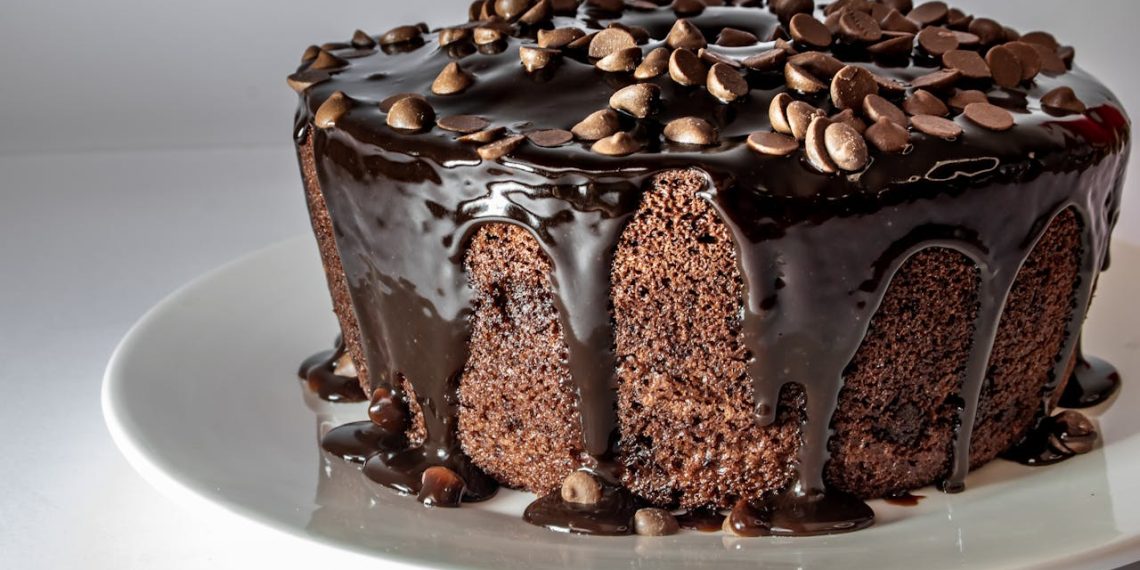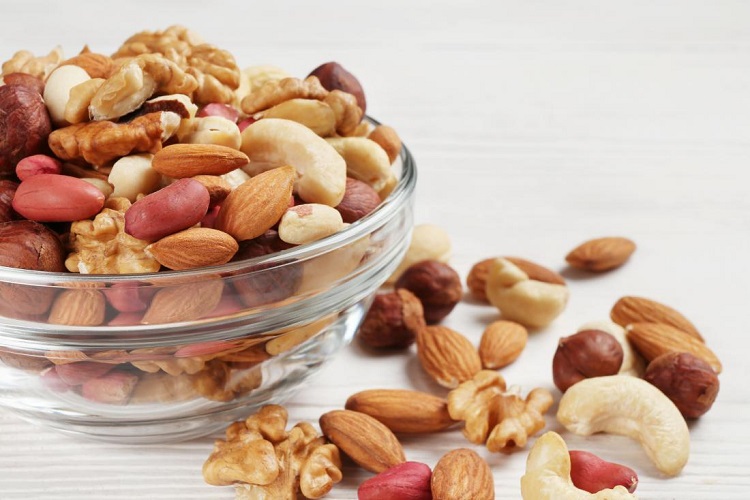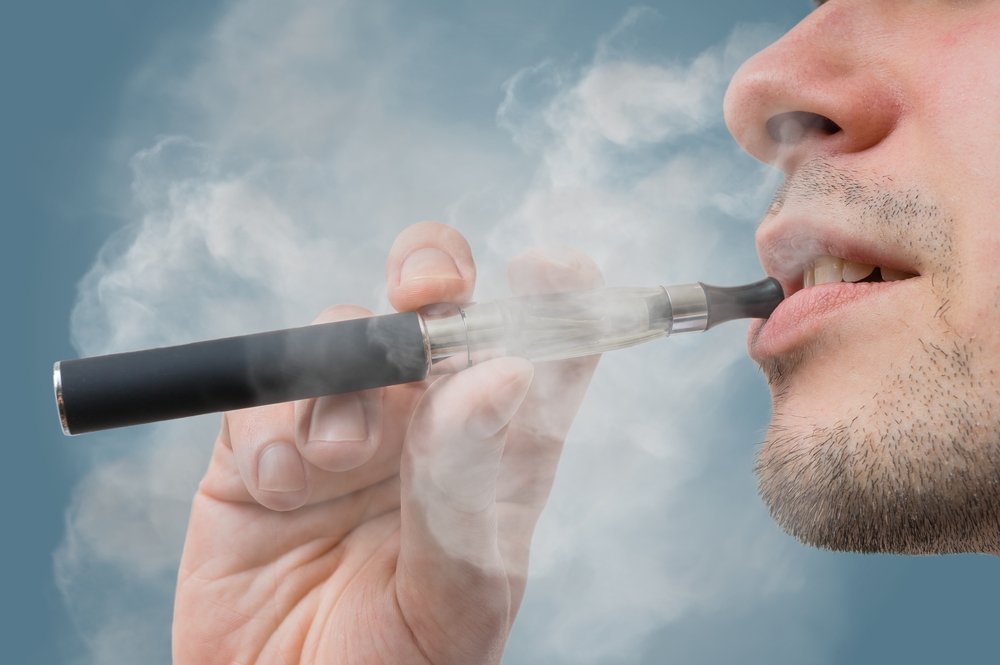The Popularity of Chocolate Cream in Modern Dessert Creations
Chocolate cream is a favorite among many dessert enthusiasts, whether as a topping on cakes, a filling for éclairs, or a light and airy component in layered desserts. With its light structure and deep cocoa taste, it is a basic ingredient of contemporary patisserie. However, to get the perfect chocolate cream, not only cream and cocoa matter: the technique, temperature, and the equipment also are important.
The Science Behind Perfect Cream Consistency
Whipped cream relies heavily on the emulsion of fat and water content to achieve consistency. A normal whipped cream is approximately 30% fat, sufficient to capture air and create a steady creamy mass. Unless this process is managed in the best way, the cream may end up being too liquid or, worse still, it may turn into butter. In particular, when there is chocolate cream, the additional chocolate may upset the balance between fat and water, so the accuracy is vital.
Technical Assistance: Using Cream Chargers for Consistent Quality
Professional kitchens and ambitious home bakers are increasingly turning to cream whippers with nitrous oxide (N₂O) cartridges to achieve perfect results. Using a high-quality product like the Exotic Whip 2kg offers several advantages: consistently even gas release, high capacity for bulk users, and longer shelf life of the finished cream in the dispenser. Particularly for large-volume productions – such as in bakeries, cafés, or events – the 2kg variant provides an economically attractive solution with consistently high quality.
The Right Technique for Whipping Chocolate Cream
For optimal results, follow this procedure:
- Pre-cool the cream: Whipped cream should be well chilled (4-6°C) to prevent over-whipping. Ensure that the cream whipper or mixer is also chilled.
- Gently incorporate the chocolate: Whether melted dark chocolate or sifted cocoa powder – both should be homogeneously and slowly integrated into the cream to prevent clumping.
- Avoid over-mixing: Gentle shaking is all that is required (especially in the case of a cream whipper) to reach the desired texture.
Comparison of Ingredients: Cocoa Powder vs. Melted Chocolate
| Ingredient | Advantages | Disadvantages |
| Cocoa Powder | Easy to incorporate, intense flavor | Can feel dry, settles faster |
| Melted Chocolate | Creamier, rounder taste | Risk of clumping, requires tempering |
Common Mistakes and How to Avoid Them
Even experienced pastry chefs occasionally make mistakes when making chocolate cream. The most common ones include:
- Incorrect ratio: Too much chocolate can weigh down the cream and make whipping difficult.
- High temperature: Combining whipped cream with too warm chocolate destabilizes the emulsion.
- Lack of stabilization: In warm environments, it’s advisable to use natural stabilizers like agar-agar or gelatin to ensure the cream’s firmness.
The Role of N₂O Cartridges in Texture Development
Nitrous oxide gas is not new in gastronomy. The cream is injected with the gas, which forms microfoam- a fine, airy, and firm structure is obtained. In this case, the kind of gas is not the only thing that is important but also its purity and the regular dosing. The high-quality products such as the Exotic Whip 2kg cartridges establish standards.
Creative Uses for Chocolate Cream
Apart from traditional cakes, chocolate cream can be used to create innovative desserts:
- Frothed as a topping for hot chocolate or coffee drinks
- Frozen as a semifreddo-like dessert
- Flavored with fruit purees for light summer desserts
- Combined with salty components like caramel or chili for surprising flavor experiences
Wrap-Up
Perfect chocolate cream is the result of balance, technique, and high-quality ingredients. Those who rely on reliable tools like cream whippers with certified N₂O cartridges achieve reproducible results – whether in a private setting or professional catering. Whether classic or creatively interpreted, with the right know-how, every chocolate cream becomes a culinary highlight.







